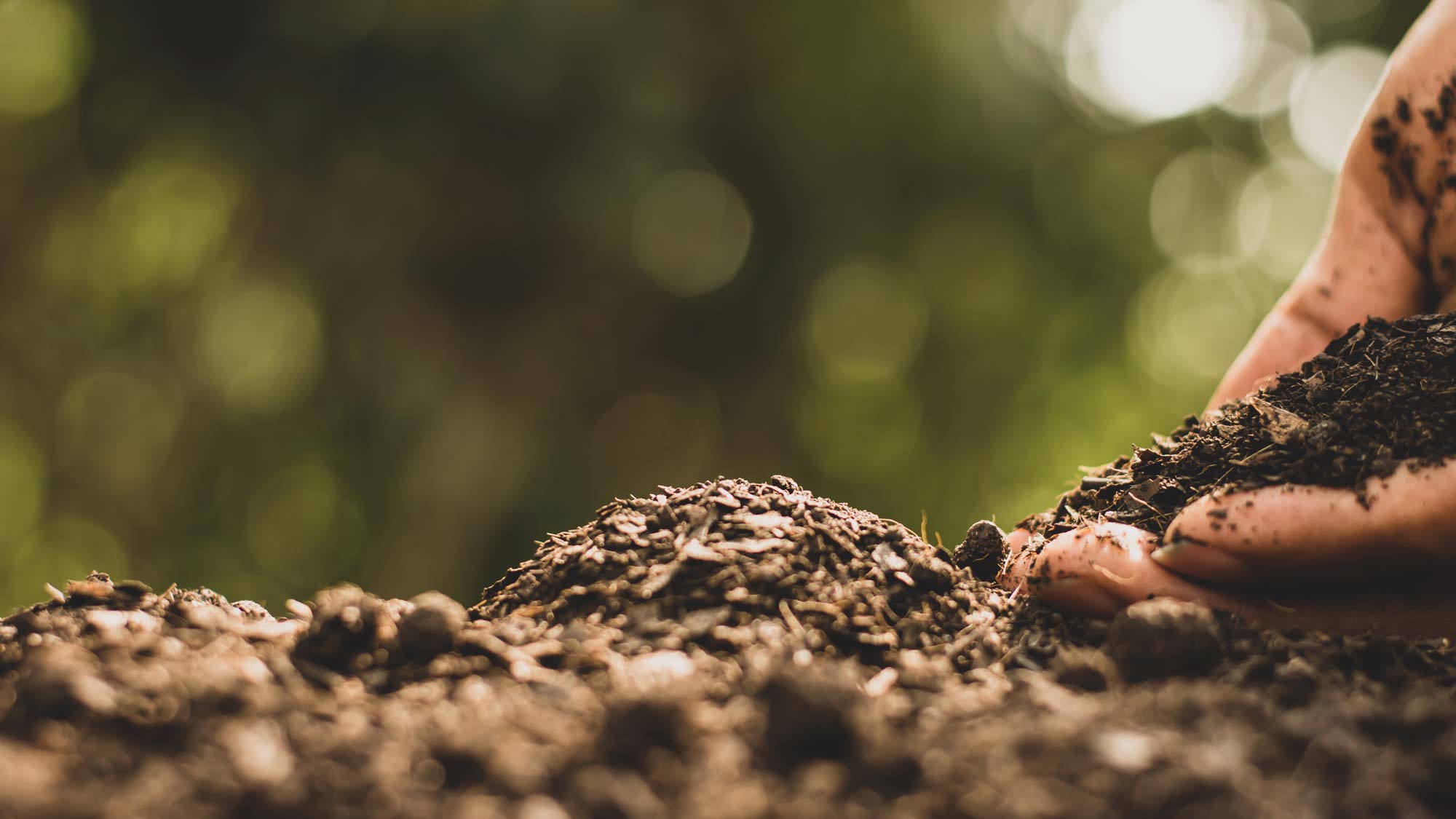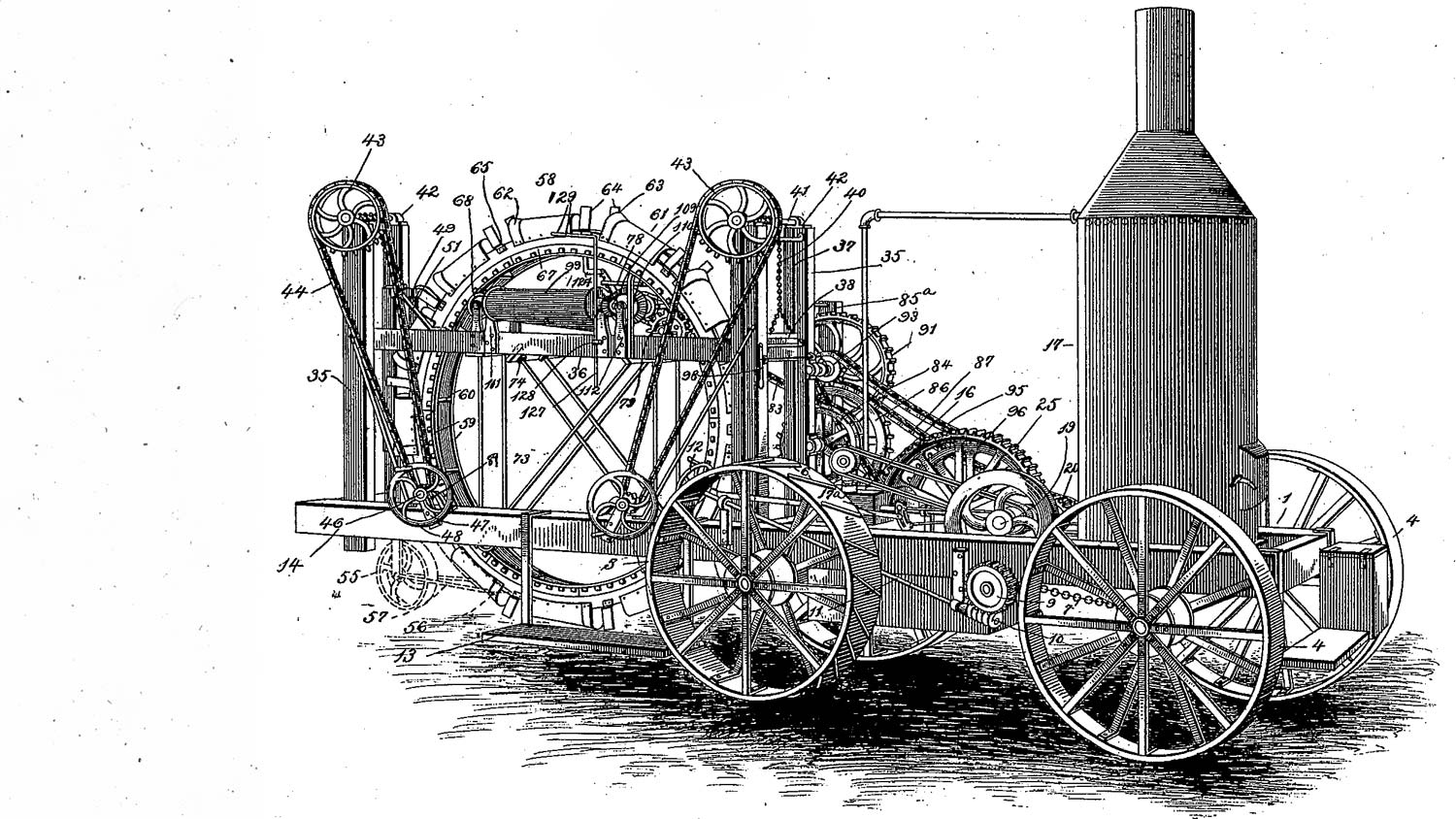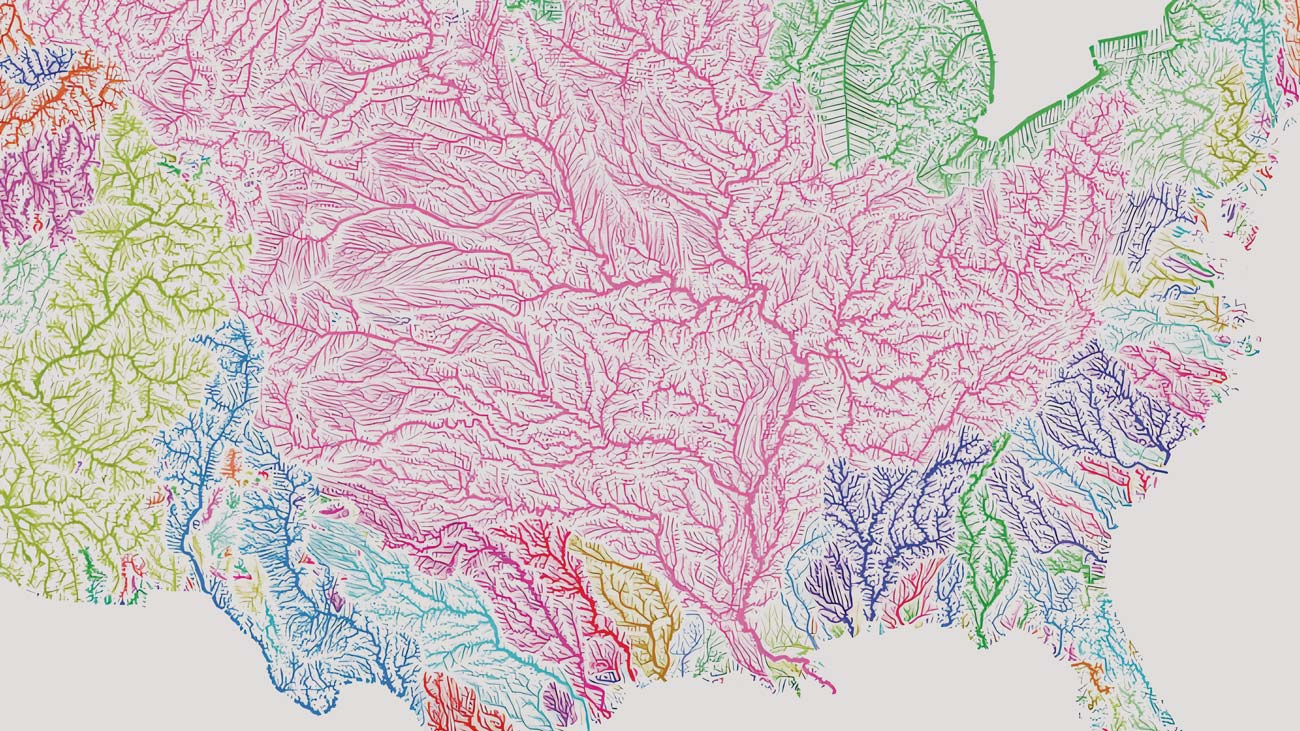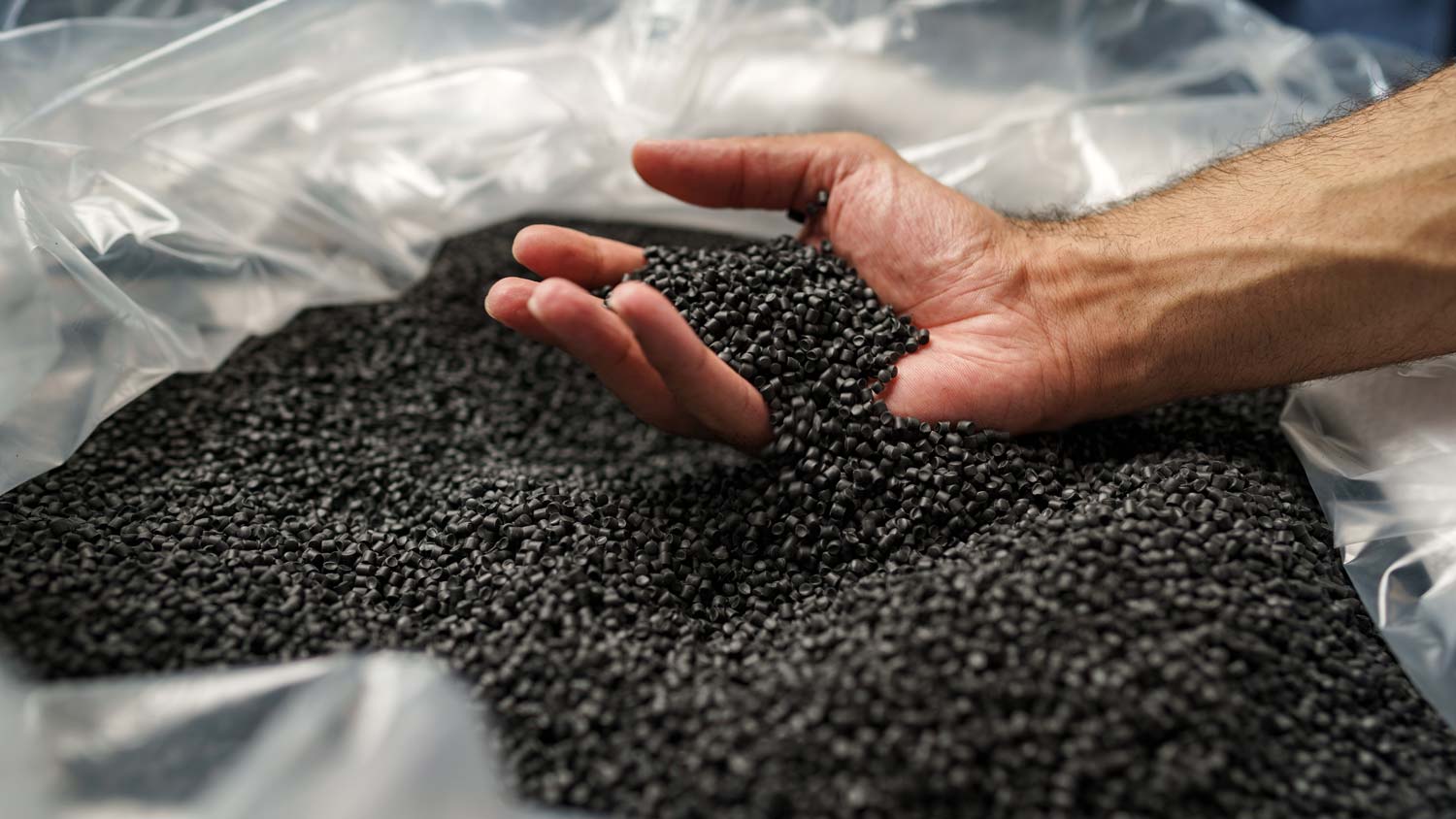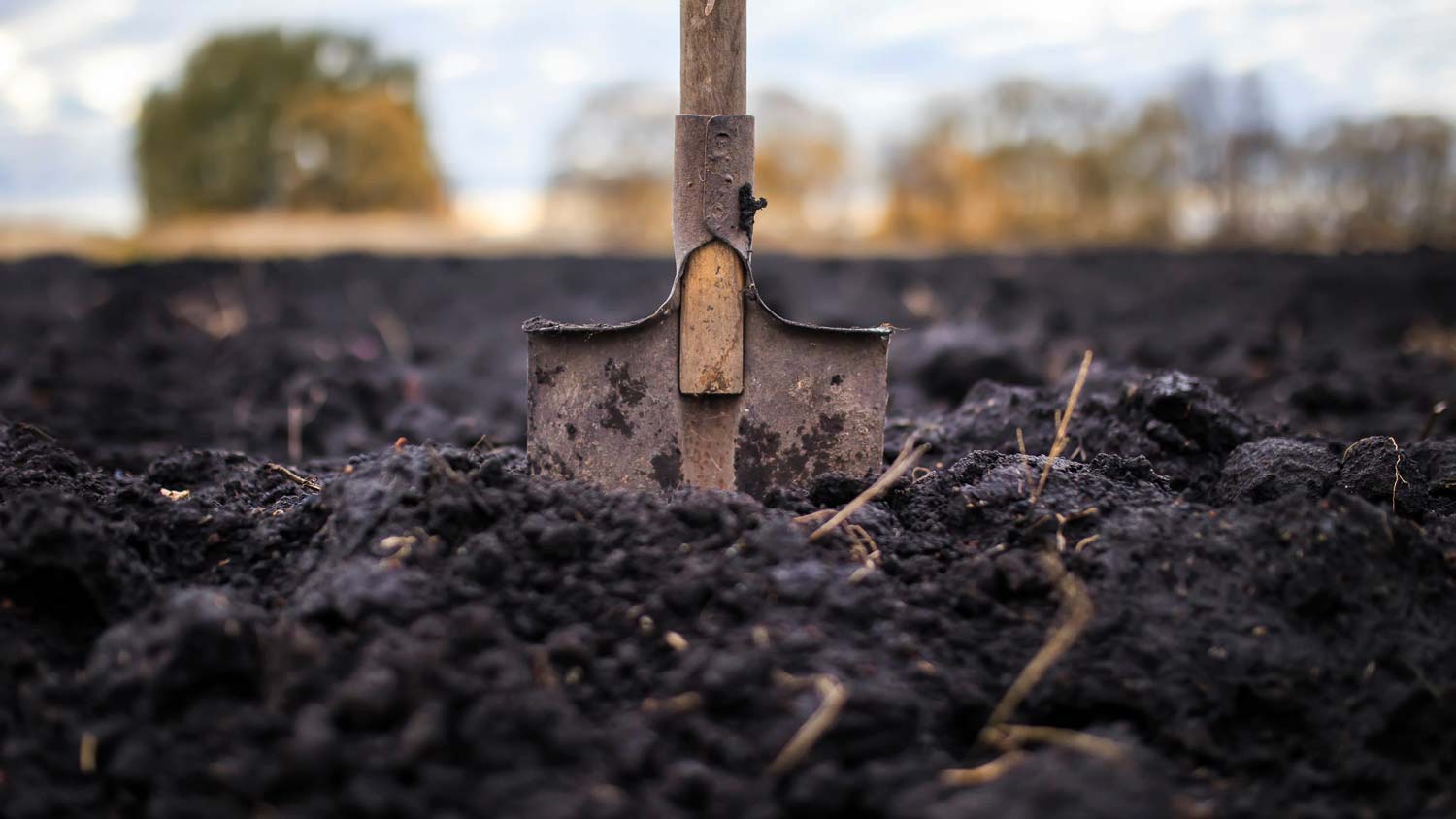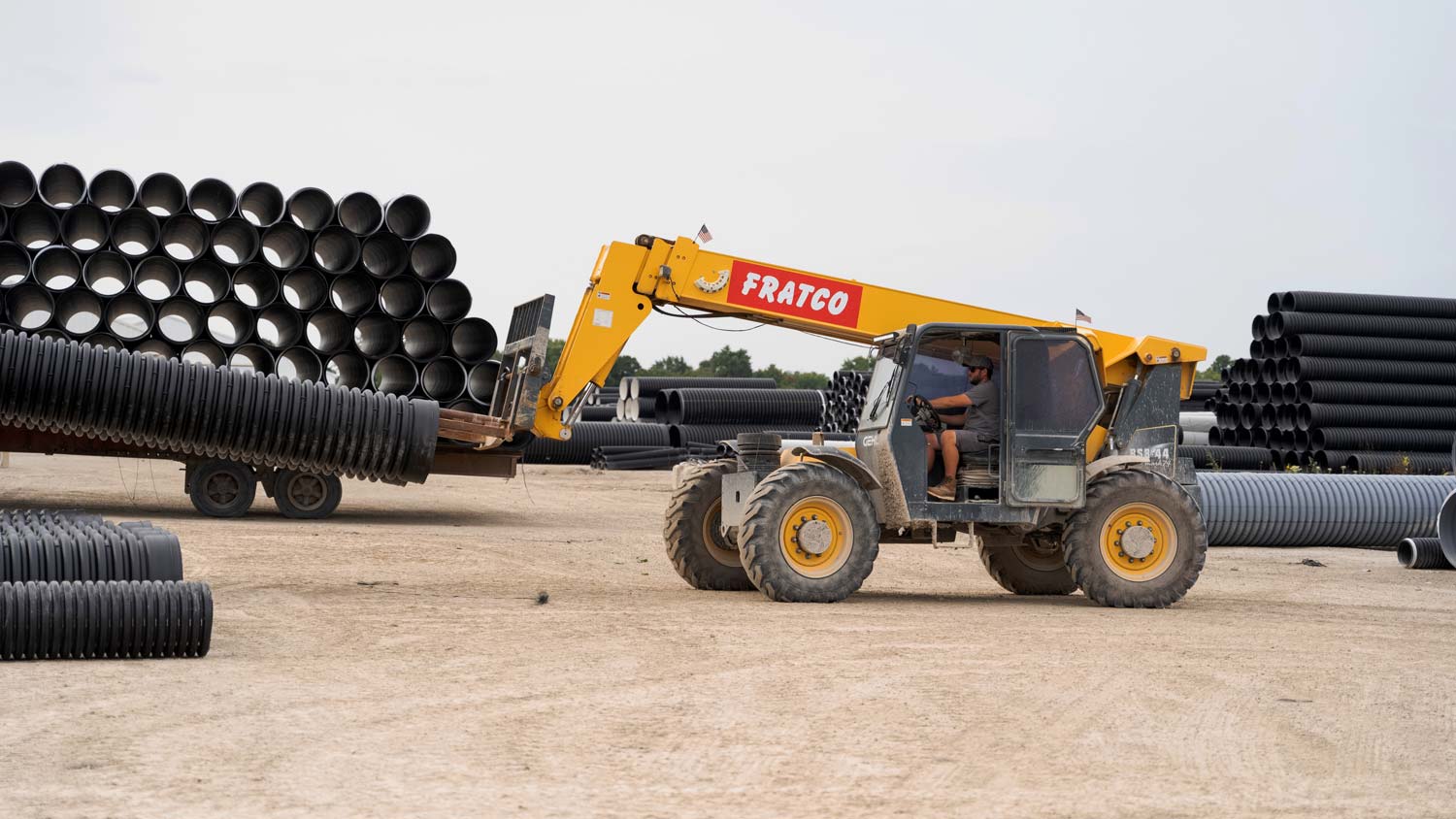In the earth beneath our feet lies an intricate blend of minerals, organic matter, air and water–what we like to call, soil. This dynamic mixture serves as an often overlooked …
Menu
Close
- Products
PIPE

Single-wall HDPE pipe

Single-wall recycled HDPE pipe

Dual-wall HDPE pipe

Flexible dual-wall HDPE pipe

Heavy-duty dual-wall HDPP pipe
- Resources
- About Us
- Tried & True
- Products
PIPE

Single-wall HDPE pipe

Single-wall recycled HDPE pipe

Dual-wall HDPE pipe

Flexible dual-wall HDPE pipe

Heavy-duty dual-wall HDPP pipe
- Resources
- About Us
- Tried & True







